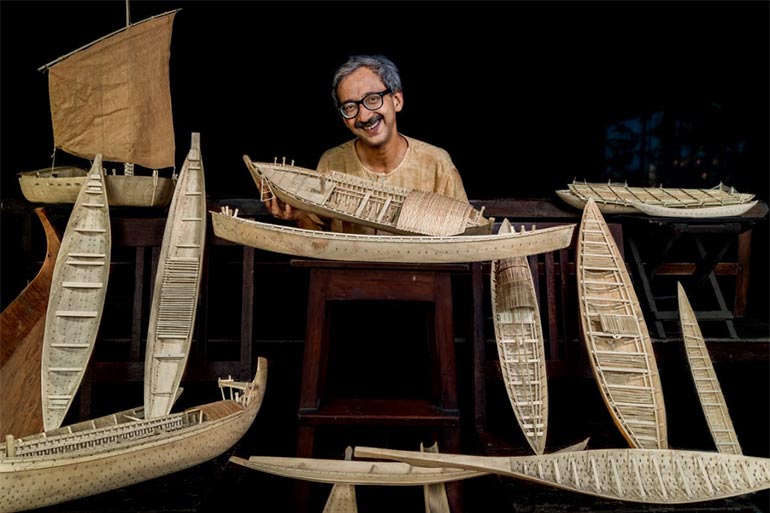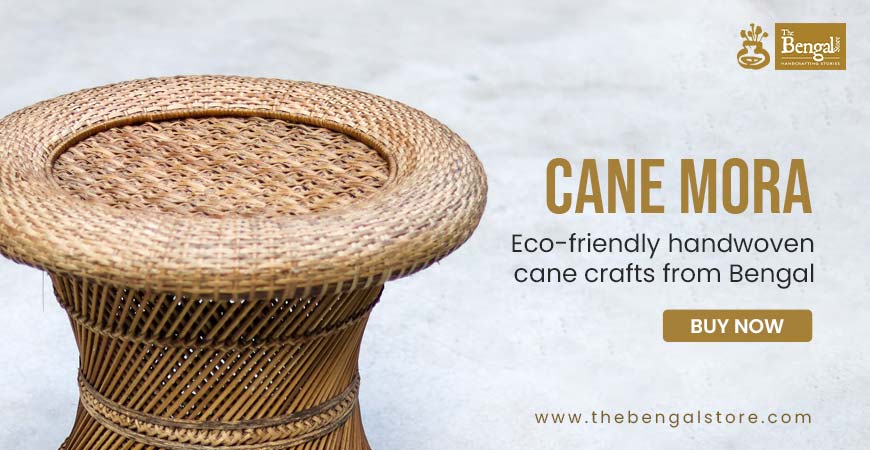Bengal’s boat heritage is drifting away – GetBengal story

There was a time when, in Bengal, waterways were used far more than roads. Trade flourished along these routes — from food items to daily necessities and even clothing were imported and exported by boat. The rivers of Bengal once bustled with a variety of boats. Dinghi, Donga, Bajra, Pansi, Khero, Mayurpankhi, Sultani, Sangara, Sangor, Merli — boats of many names, all deeply entwined with the cultural heritage of ancient Bengal and India.
 Dr. Swaroop Bhattacharya
Dr. Swaroop Bhattacharya
Even after spending the last 26 years researching only boats, he still speaks about them with the same excitement and in a simple, heartfelt way. His love for boats and his vast knowledge of the subject are truly fascinating.
In an interview on behalf of GetBengal.com, he shared:
“The use of boats has declined. Compared to fifty years ago, the number of boats has reduced greatly, and it will keep going down. But as long as there is waterlands and people need to catch fish, boats will remain. ...Boat makers have always been few in number. But now, rivers are losing their depth, and people use bridges instead of ferries, so the demand for boats has gone down. Most boat craftsmen have switched to other work, like brick kilns or daily wage jobs. They only build boats when they get an order. A skilled profession like this is slowly disappearing.”
About a century ago, there were an estimated 179 different types of boats in what is now Bangladesh alone. But with the advancement of technology, most of these boats gradually lost their utility and were pushed into obscurity. In the last 30 years, boats like Chhot, Sangara, and Sangor have disappeared. In the last 10 years, we’ve also lost the Betonai, Sultani, and Khorokishti.
Dr. Swaroop Bhattacharya observes,
“From my work in West Bengal, I’ve found that there were once around 30 different types of boats here. Many of them have vanished. Since they’re no longer in use, people have stopped making them. But we can’t say for sure — maybe a hundred years ago, that number was 100 or even more.”
Among the many types of boats recreated by Dr. Swaroop Bhattacharya, one of the most unique is the "Khorokishti." While Bengal has many boats with an open, hollow design, the Khorokishti stands out for its distinctive structure. The building of this boat begins with assembling its inner frame first—a skeleton-like cage inside the hull.
One of its key features is a special type of sail known as the “Laag.” The Laag plays a crucial role in both controlling the boat’s speed and setting its direction.
The Khorokishti originated in the Gheokhali region of Medinipur district in West Bengal. Its main purpose was to transport large quantities of hay (about 350–400 kahon) from the Sundarbans to Kolkata. In fact, the name Khorokishti comes from the Bengali word "khôr" (meaning hay), indicating the cargo it once carried.
Interestingly, the Khorokishti, loaded with hay, could not move on its own. It had to be towed by a smaller boat called ‘Chhot’. Later, this role was taken over by motorised launches. But today, with such transport no longer needed, the Khorokishti has lost its relevance. That’s why it can no longer be seen anywhere in Bengal.

However, the Khorokishti is not just historically significant—it’s also an incredible example of traditional craftsmanship. Dr. Swaroop Bhattacharya, the anthropologist, has skillfully recreated this heritage boat with his own hands, using exceptional technical detail.
A replica of the Khorokishti boat built by him (17 x 7 x 19 cm) is now available at The Bengal Store in Kolkata. It can be easily collected from there. For the first time ever, a miniature model of Bengal’s boat-building legacy is within everyone’s reach.
But it’s not just the Khorokishti — Dr. Swaroop Bhattacharya has handcrafted numerous boat models using wood, metal, and fabric. Each model stands out for its scientific accuracy, historical relevance, and impeccable craftsmanship. His creations have been showcased multiple times at exhibitions held right in the heart of Kolkata.
With deep dedication, he has spent years researching the long and rich history and heritage of Bengal’s boats. His journey has taken him from the Viking Ship Museum in Denmark to the ‘Heritage Boats of Bengal’ gallery in Cossipore, Kolkata. He has also spent time with the boat craftsmen of Balagarh, Hooghly, closely observing and documenting their traditional boat-building techniques, and sharing in their invaluable knowledge and experiences.
Notably, around 20 boat-making workshops in Balagarh operate throughout the year. Depending on demand, this number can even rise to 30–35. Most boats, once built, are neatly assembled and stored at the craftsmen’s homes or workshops, waiting for buyers.
When a boat is purchased, it is delivered either by rickshaw van or via river routes, depending on the buyer’s location and preference.
Note: Translate by Sabana Yasmin
To read the original Bengali version, click here:










